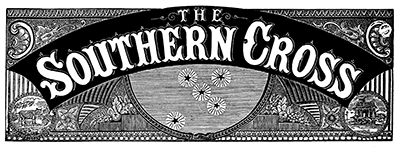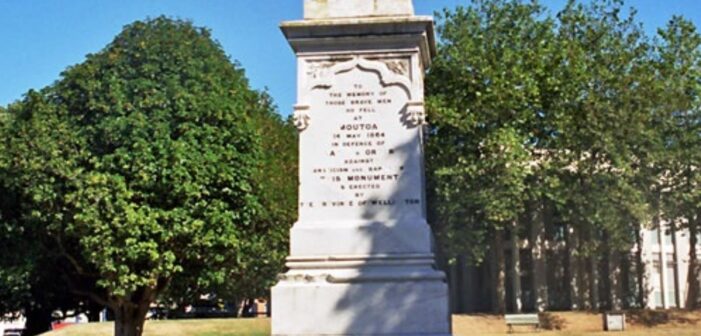In Whanganui, a significant event has recently taken place that has implications for the nation’s historical narrative and its path toward reconciliation. A statue, which had been a longstanding symbol of colonial history, has been removed from Moutoa Gardens. This statue was controversial due to an inscription that condemned upriver Māori for “fanaticism and barbarism”. The removal of this statue is a significant step towards acknowledging and rectifying historical injustices.
The controversy surrounding the statue was not about erasing history, but rather about bringing to light a side of history that has been ignored and suppressed. The statue, in its present-day context, served to affirm one group while disaffirming another, using extremist language. This led to a renewed scrutiny of place names, building names, monuments, and memorials.
The push to remove colonial monuments and statues is not unique to New Zealand but is part of a global movement. In recent times, statues of Christopher Columbus in Virginia and a slave trader in the UK were toppled and dropped into waterways. The removal of these statues is seen as a reckoning on race, a viral idea that has spread just as far and just as fast as the global pandemic.
In New Zealand, the latest statue to be removed was a controversial statue of Captain John Hamilton. The city council agreed to remove it from Civic Square in Hamilton, following a formal request from local iwi Waikato-Tainui. Many locals shared the view that the statue was culturally offensive.
The removal of the statue in Whanganui is a part of this global and local movement. It is a step towards acknowledging the pain and injustice caused by colonialism. It is a step towards healing and reconciliation. It is a step towards a future where history is not erased, but rather, all sides of it are acknowledged and understood.
In conclusion, the removal of the statue in Whanganui is more than just the removal of a physical object. It is a symbolic act, a statement of intent, and a promise for a more inclusive and understanding future.

